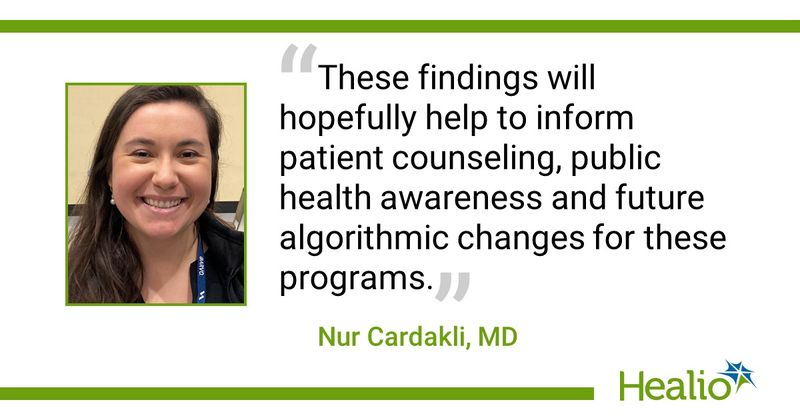ChatGPT fails to recognize congenital glaucoma from common symptoms
SEATTLE — ChatGPT did not recognize several common symptoms of congenital glaucoma and did not recommend urgent evaluation by a pediatric eye care specialist, according to a poster presentation.
“We essentially sought to evaluate the accuracy and the readability of ChatGPT version 3.5 responses to a series of questions about the common signs and symptoms of congenital glaucoma, written in layperson terminology,” poster co-author Nur Cardakli, MD, told Healio at the Association for Research in Vision and Ophthalmology meeting.

Individual symptoms were reassuringly attributed to several other causes by ChatGPT, including nasolacrimal duct obstruction, refractive error, ocular surface infection and normal ocular development, without warning about congenital glaucoma as a possible cause. Routine evaluation by a pediatrician was recommended. When several symptoms were reported together, urgent evaluation by a pediatrician or pediatric eye care specialist was recommended, but the list of etiologies still did not mention congenital glaucoma but rather nasolacrimal duct obstruction, congenital cataract and conjunctivitis.
Only when the question specifically mentioned concern about glaucoma, the chatbot reacted by recommending immediate evaluation with a pediatric ophthalmologist.
Readability analysis showed that the language used by the chatbot to answer queries would be difficult to comprehend by the average person. The average Flesch Reading Ease score was 39.3, indicating that the text was difficult and required more than high school level education.
“As generative artificial intelligence continues to grow as a resource for medical information for both patients and families, these findings will hopefully help to inform patient counseling, public health awareness and future algorithmic changes for these programs,” Cardakli said.

